In one of the earlier posts, we described how we traveled through Iceland in a van. We usually don’t do “here’s how to travel” posts, but so many people are planning trips to Iceland that we decided to post a few of our observations.
Iceland’s enigmatic landscapes and Viking history attract millions of visitors every year. The country is conveniently located in close proximity to the U.S. (only a 5-hour flight from Boston) and continental Europe, drawing most of the visitors from these places. Budget and not-so-budget airlines bring tourists in hordes. Of course, we have no right to complain as we came to Iceland on a no-frills, cheap Greyhound in the sky, aka WOW airline. Recently, WOW airline abruptly canceled all its flights and announced the closing of the airline. I blame Julia for cheap skating and not saving WOW by refusing to pay for the airline’s overpriced food and water by bringing our own.
But visitors indeed outnumber residents in Iceland: the population of Iceland is just around 350,000, while the average number of visitors a year exceeds 2 million. Tourism is out of control in Iceland right now, and potentially poses a threat to sustainability and the country’s future. The only crowd control mechanism in place right now is the skyrocketing cost of everything in Iceland; therefore, most people limit their visit to short 5-10 days. The best way to avoid crowds is to visit Iceland during a low or shoulder season. We visited it around the U.S. Labor Day weekend (the first weekend of September) and the crowds were not so bad. At times, our car was the only car on the road, and we had breathtaking Icelandic views to ourselves. Our friend, who visited Iceland during a high season a year before, described bumper-to-bumper traffic jams on the Ring Road, something everyone wants to avoid.
Because tourists outnumber residents, Iceland experiences a serious shortage of workers in the service industry. To deal with the problem, Iceland employs a lot of immigrants, especially from Eastern Europe, and specifically Poland. The wages of workers in the service industry are decent and working a couple of months in Iceland during a high season allows seasonal workers to make good money and live comfortably for the remainder of the year in their native Poland. Iceland is doing a great job at masking its shortage of workers as Poles somewhat look like Icelanders (though, not quite as tall as the locals). We heard Polish everywhere: in restaurants, stores, and national parks. At the airport, I was pulled aside for additional screening only to hear two agents speak Polish to each other. Considering that almost everyone in Iceland also speaks English, I wished we heard more of the tongue-twisting Icelandic language.
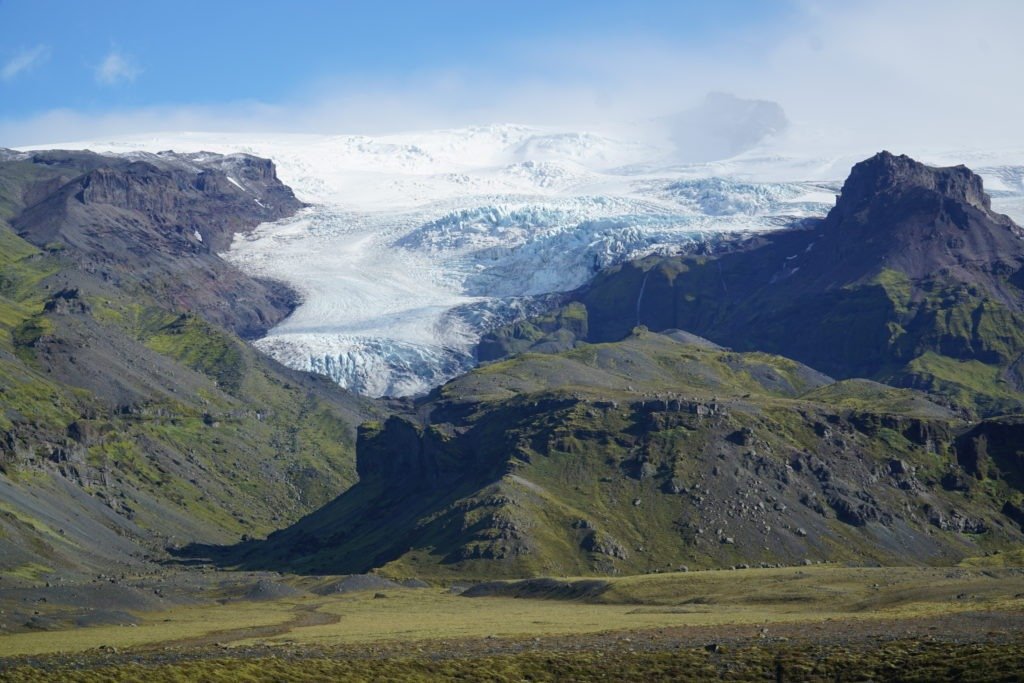

Another thing missing from Iceland, besides the Icelandic language, was Icelandic money. Cash is king, right? Not in Iceland. Cash is almost non-existent in Iceland as virtually all places accept credit cards. Usually, we bring small bills and coins as souvenirs from countries that we visit. We brought nothing from Iceland. For all five days, we used our credit cards. I am not even sure what an Icelandic krona looks like. What is depicted on bills? Vikings? Geysers? We will never know. Not only does every business accepts credit cards, but some places accept only credit cards. The best illustration of the cashless society we encountered happened on our second day in Iceland when we visited the Þingvellir National Park. After arriving at the national park and before embarking on a long hike into the Icelandic wilderness, we decided to use a bathroom. We quickly identified the bathroom by a long line of people nervously caressing credit cards in their hands and doing the “pee dance”. It turned out that the entrance to the bathroom was two Euros and the only way to pay was with a credit card. And of course, the line was moving extremely slowly because people were not sure how to use the payment machine.

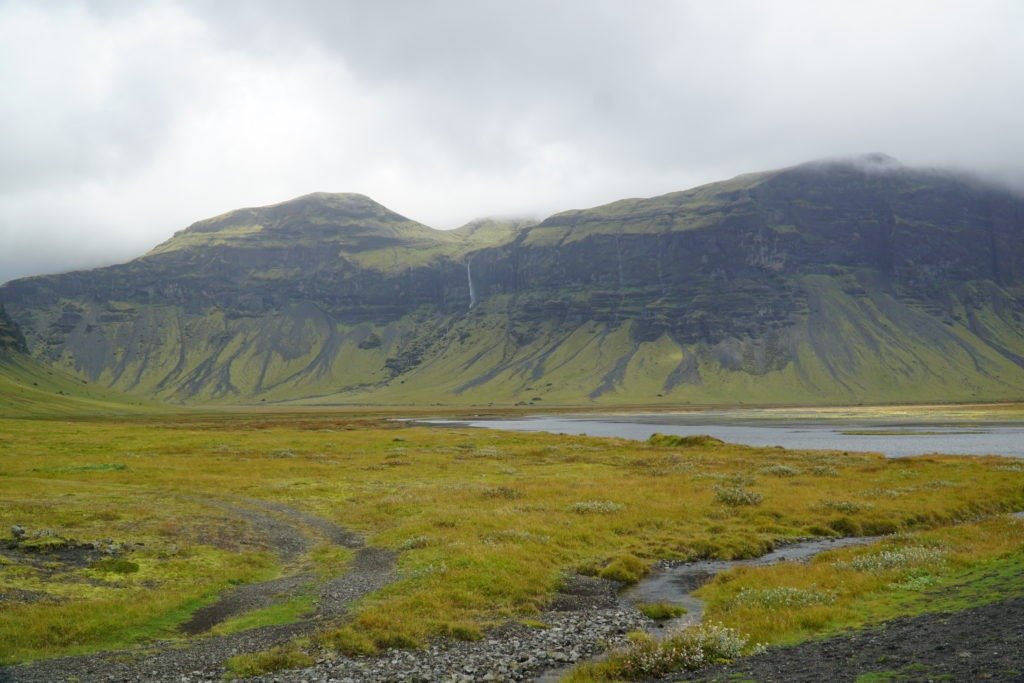

If two Euros for a bathroom sounds expensive, then you are in for a big surprise if you try to visit the Blue Lagoon. It’s about $60 to soak in the neon blue waters of a large outdoor pool. Despite the price, Blue Lagoon is one of the highlights for most people visiting Iceland. It is an enormous open-air, man-made geothermal spa, located in the middle of a sprawling lava field. The water to the spa comes from the ground near a lava field and is first used to run the turbines of a nearby geothermal power plant and then, after certain treatment, is discharged into the spa. Sounds pretty industrial and not too appealing, doesn’t it? But from what we have heard, Blue Lagoon provides a very nice, relaxing experience and unparallel views of a symbiosis of nature (lava fields) and industry (power plant). It is also a perfect spot to either start or finish one’s Icelandic trip as it is conveniently located just a short 15-minute car or bus ride from the airport. So, here, you can either recuperate from your flight before embarking on discovering Iceland or relax before going back home.
Unfortunately, Blue Lagoon’s popularity means that you can’t longer count on visiting it by just showing up and paying a hefty entrance fee. These days, reservation is a must. We did not know that and came to Blue Lagoon without one and were turned away as all tickets to the spa for that day were already sold out. So that’s one more experience that requires an additional trip to Iceland. Make sure to reserve your spot in advance when you visit Iceland. The consolation for us was that we did have a chance to swim in thermal spring waters during our travels in Iceland. We found an outdoor thermal pool by the infamous Eyjafjallajökull volcano that erupted in 2010, stalling flights across the Atlantic Ocean for weeks. The experience was not as fancy as it could be in Blue Lagoon but was free, something that every backpacker and budget traveler cherishes in an über-expensive Iceland.

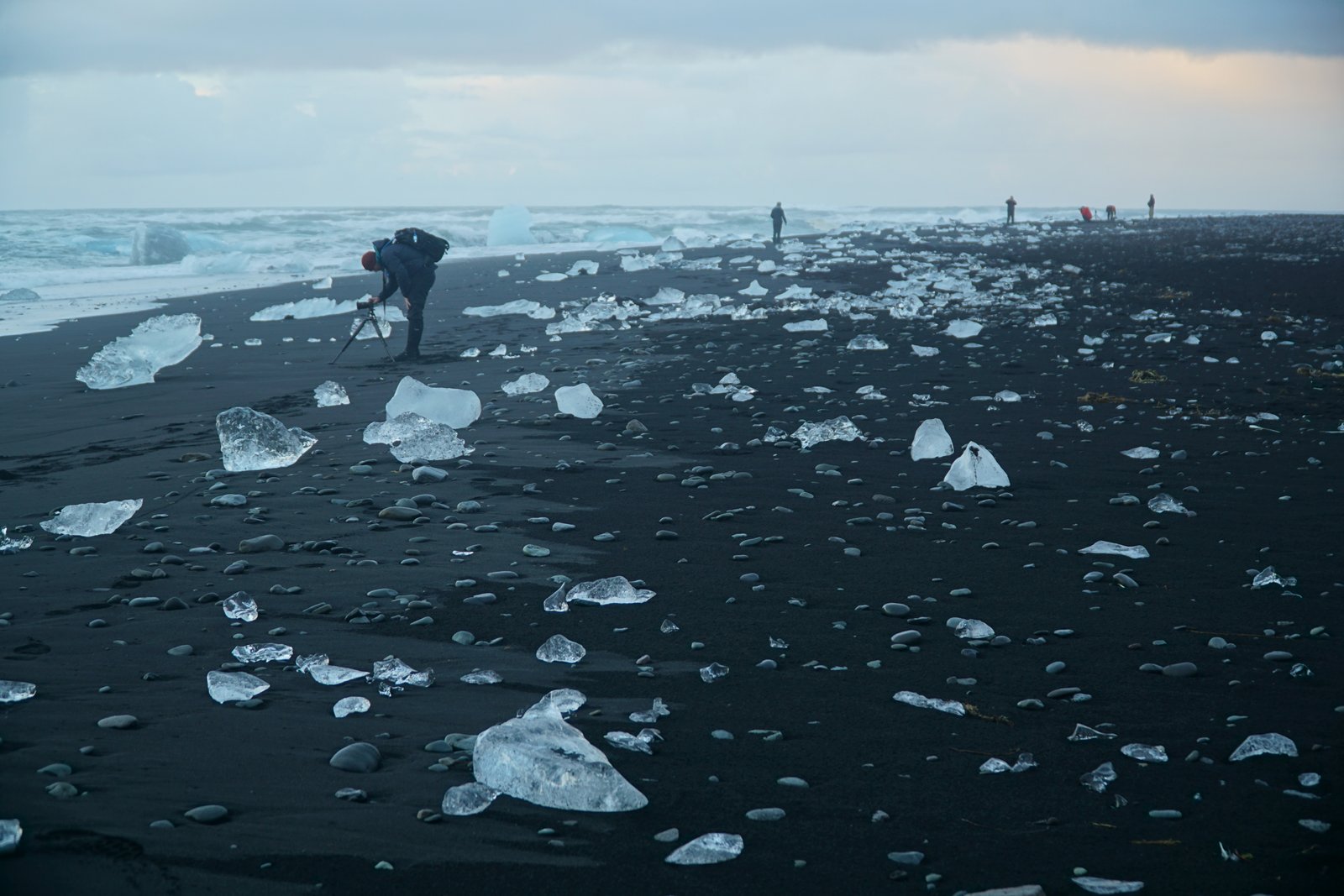
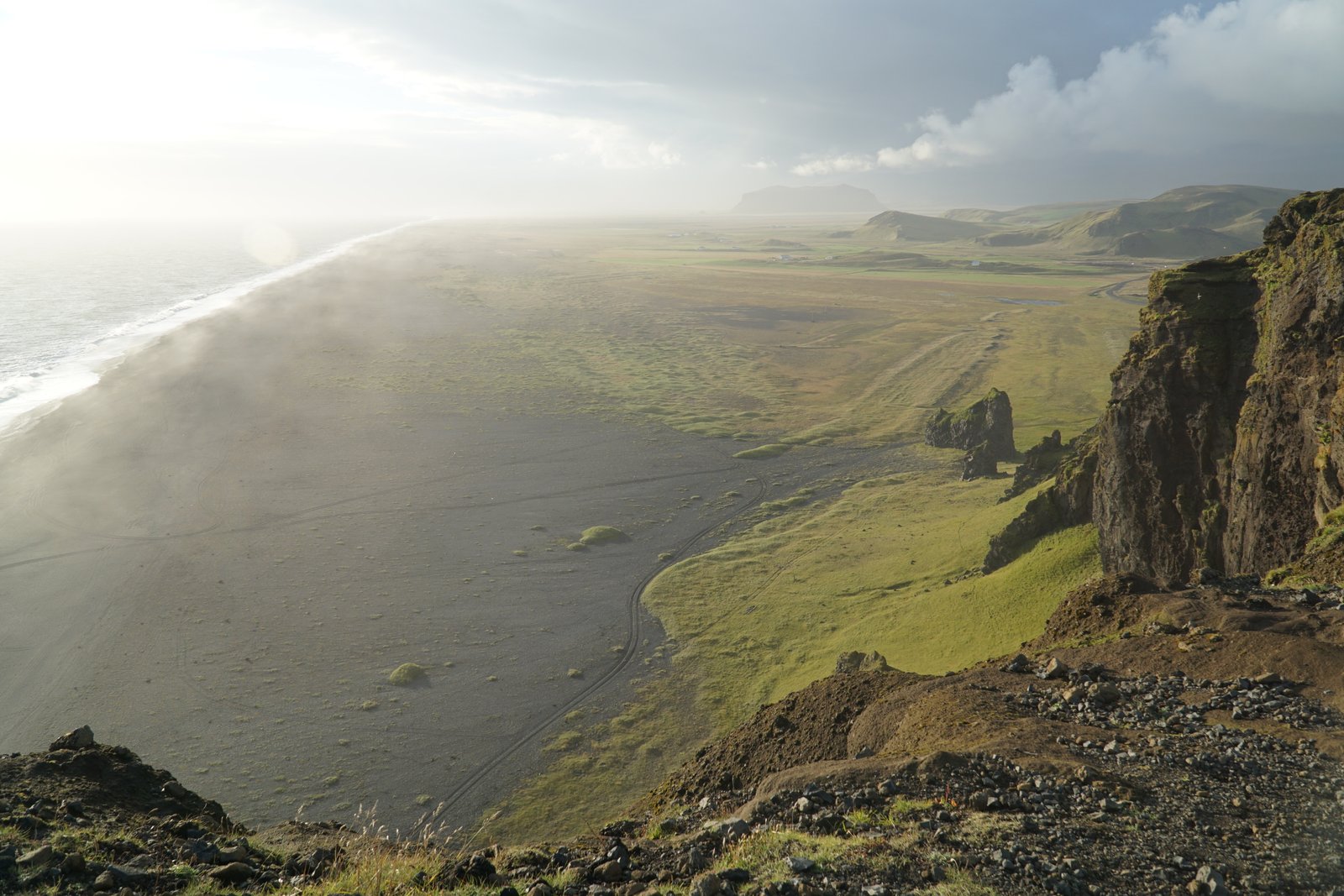
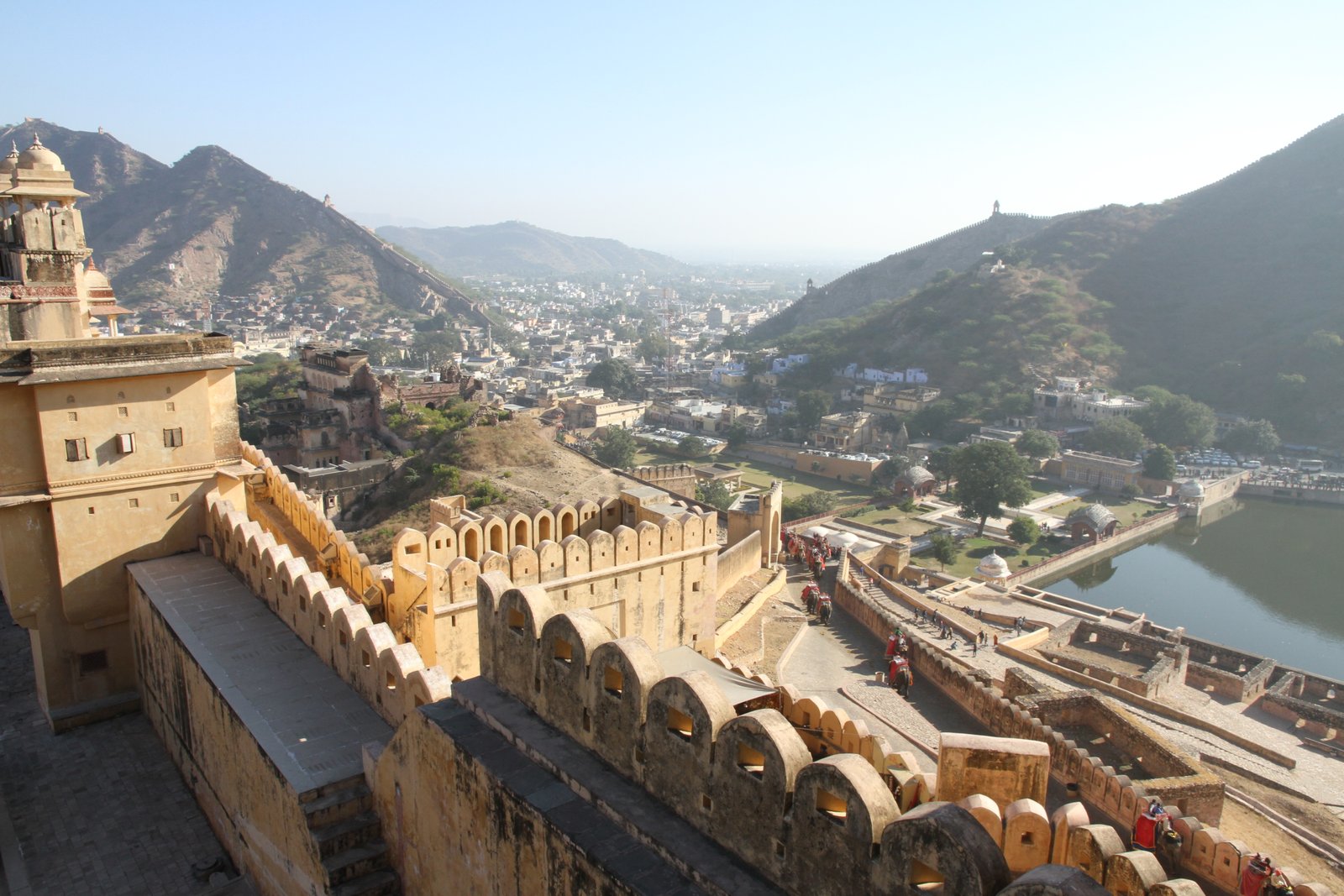

Good tips Victor, if ever I get to go to Iceland. I love the pics!
Iceland is great! I hope you make it there one day.